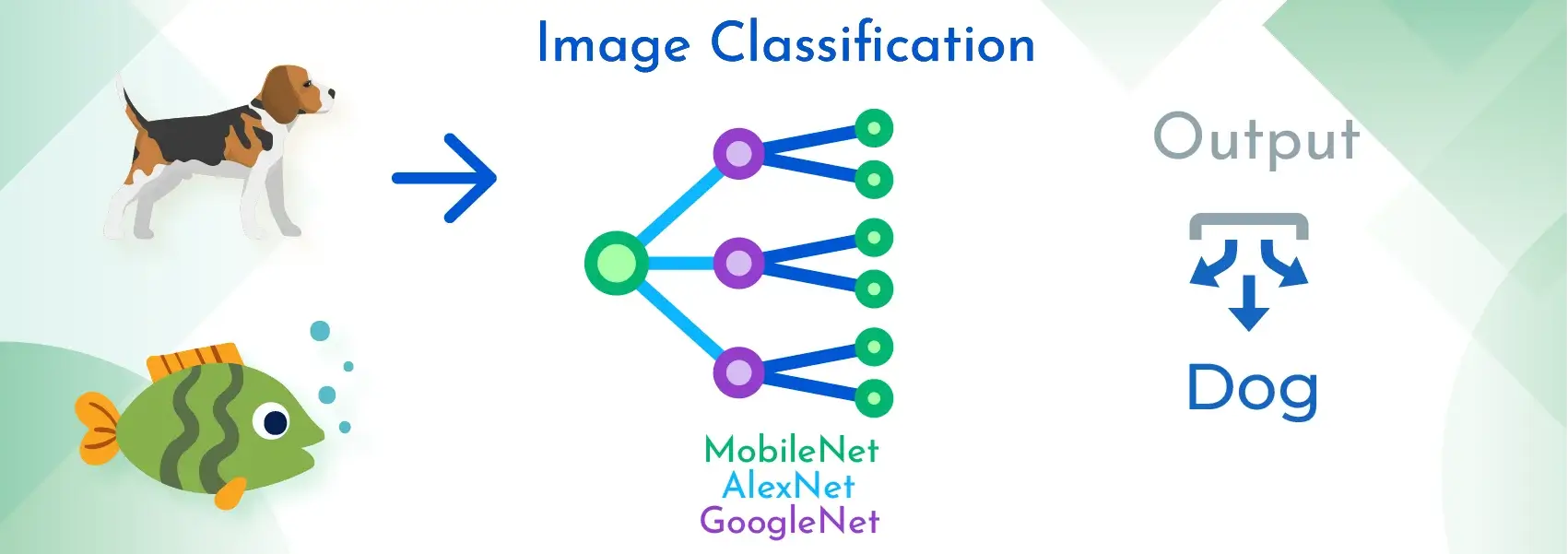Image Classification
Image Classification
Image Classification is a fine technique for predicting a specific label or class or anything defined by data points. It can also be called a subset of the classification complication where a whole image is assigned a label. This way a picture is likely to be classified as a nighttime or daytime shot. Similarly, images of bikes and cars will be placed into their own specific groups by default.


Image Classification
Image Classification is a fine technique for predicting a specific label or class or anything defined by data points. It can also be called a subset of the classification complication where a whole image is assigned a label. This way a picture is likely to be classified as a nighttime or daytime shot. Similarly, images of bikes and cars will be placed into their own specific groups by default.
Let’s see how and where Image Processing and Computer Vision differentiate.
The Methodology of Image Classification
A particular image can be classified into countless classes or categories. A manual process is where images are set to be compared and similar ones are classified to similar characteristics but without really knowing in advance the specifics of what you are looking for.
Apparently, this is a gigantic task. Now just imagine that the images actually add up to thousands and millions at that. By that point, automation of the very system becomes essential beyond doubt. When you talk of image classification vs computer vision, they both work in a similar way, just that computer vision covers all visual input but this process only deals with images.
Image Classification in Machine Learning
For image classification, the deep learning architecture mostly involves convolutional layers, establishing a convolutional neural network (CNN). CNNs are almost always used when you have to feed images to the network and that classifies the data.
An input “scanner” is how CNN begins its function which is neither suited nor intended to parse all the training data at the same time. For example, you wouldn’t need a layer with 10,000 nodes for an image of 100 x 100 pixels. Instead of that, you should create an input scanning layer of 10 x 10 which you need to feed the first 10 x 10 pixels of the said image. Having given that input, move on to the next 10 x 10 pixels and it goes on. This process is called sliding windows.
There is more besides the architecture of machine learning for image classification. Localization, segmentation, and detection are equally significant for the process of Image Classification. You’ll get to learn more about that during software development Australia.

